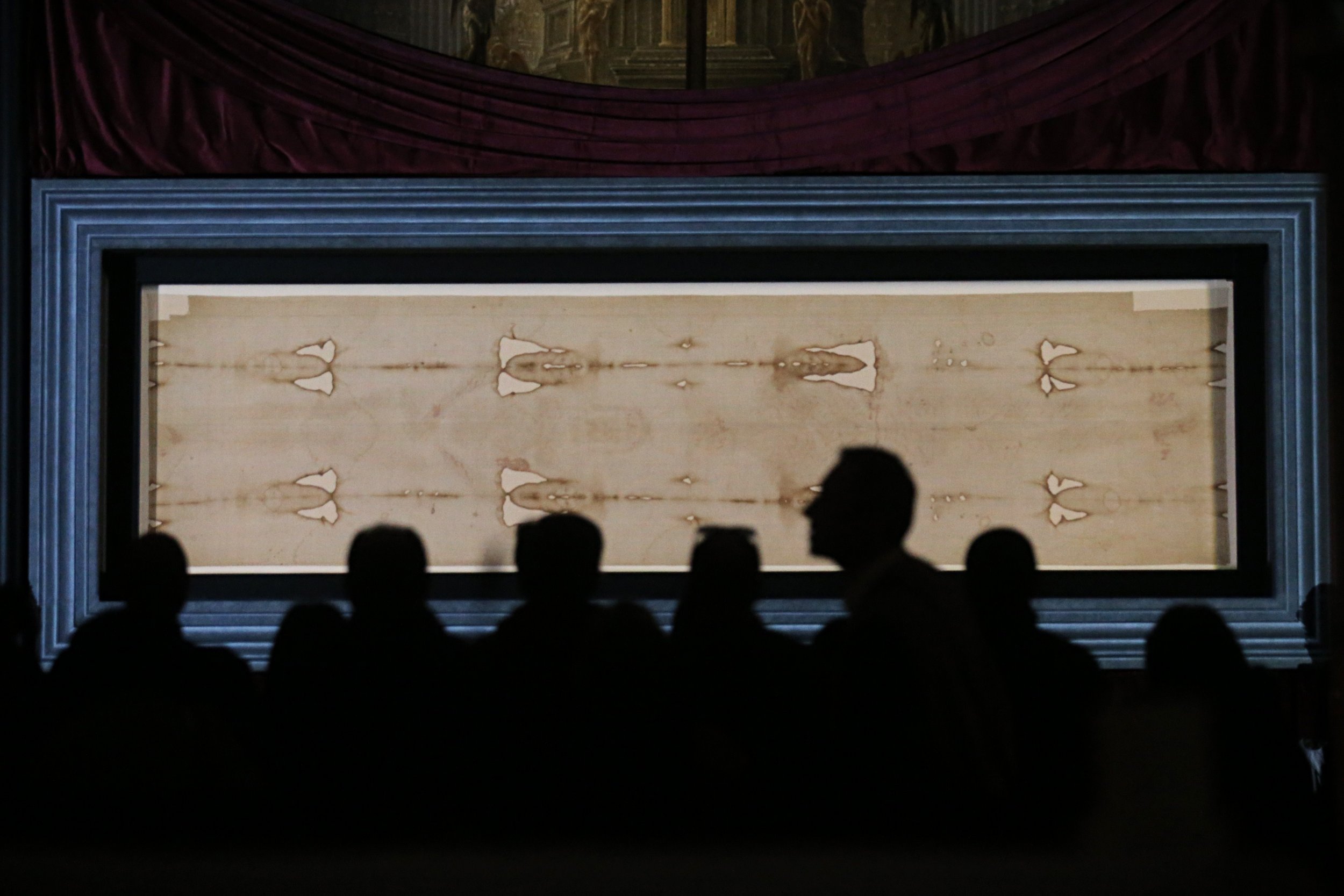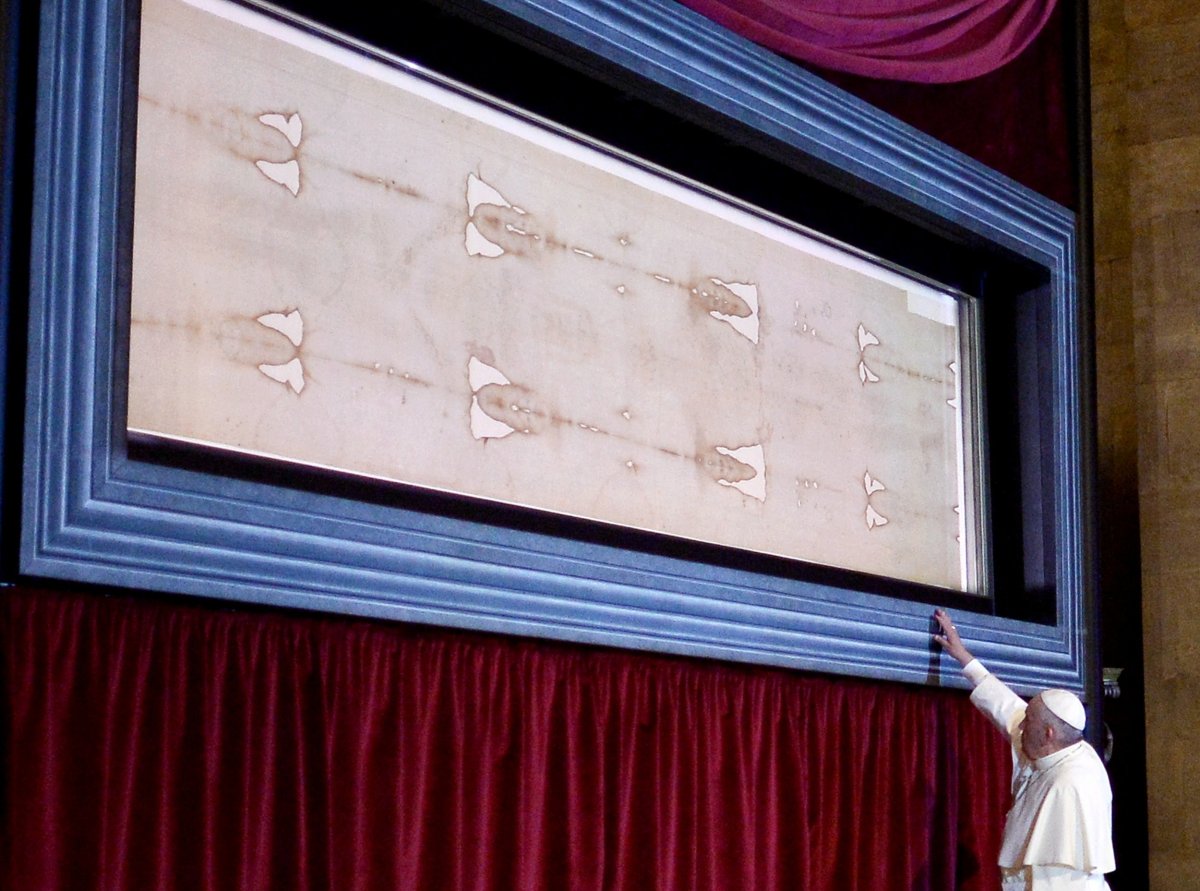
The Shroud of Turin is one of Catholicism's most controversial and mysterious artifacts. It is believed by some to have shrouded the body of Jesus Christ, while others consider it an elaborate hoax perpetrated by medieval con men.
Debate has raged for generations, but a new analysis claims to have put the matter to rest. Having employed modern bloodstain analysis, a team of researchers has declared that the shroud is most likely a forgery, Italy's ANSA news agency reports.
Despite multiple rounds of testing using radiocarbon dating, pollen testing, microscopic analysis and image enhancement, scientists have been unable to say whether the object is legitimate or not. For many, it comes down to a question of faith.
The Catholic Church has classified the shroud as an icon, meaning it is considered to be a piece of artwork with much religious significance. If the shroud was ever found to be authentic, it would be upgraded to a relic.
But Matteo Borrini of England's Liverpool John Moores University and Luigi Garlaschelli of the Italian Committee for the Investigation of Claims of the Pseudosciences, in Padua, Italy, believe they have solved the mystery. The researchers used a live volunteer to simulate the position of the body that would be required to create the strains found on the shroud. But it was impossible for the stains to have been made by wrapping a dead body, the researchers found.
The volunteer created a range of bloodstained materials from simulated wounds to the head, hands, feet, back and waist, mirroring those supposedly suffered by Jesus. When the volunteer was laid out on a shroud, each wound made specific marks that could be cross-referenced with the holy shroud.
"Even a crucified or hanging person should leave a distinct blood pattern on the cloth, which would be fascinating information to have," Borrini told BuzzFeed News. The researchers were hoping to settle the debate on whether Jesus was crucified on a Y- or T-shaped cross, but they discovered more than they expected in the course of their two-year investigation.

Borrini and Garlaschelli found that the blood splatters on the cloth were inconsistent, suggesting the stains had been made with several different poses and likely by a standing person—not a corpse lying flat. The results also indicated that some of the blood had fallen vertically and somewhat randomly, almost as if it was sprinkled with blood from above.
"The two short rivulets on the back of the left hand of the shroud are only consistent with a standing subject with arms at a 45-degree angle," the study says. "This angle is different from that necessary for the forearm stains, which require nearly vertical arms for a standing subject."
The authors also suggest the blood on the front of the chest—which would be from a lance wound—would be realistic "for a standing position while the stains at the back—of a supposed post-mortem bleeding from the same wound for a supine corpse—are totally unrealistic."
Borrini told Newsweek the team was "confident about the result." The study was presented at two prestigious academic conferences and published in a peer-reviewed and well-respected journal. Borrini said it is "the result of a scientific test," regardless of any controversy surrounding the topic.
Uncommon Knowledge
Newsweek is committed to challenging conventional wisdom and finding connections in the search for common ground.
Newsweek is committed to challenging conventional wisdom and finding connections in the search for common ground.
About the writer
David Brennan is Newsweek's Diplomatic Correspondent covering world politics and conflicts from London with a focus on NATO, the European ... Read more
To read how Newsweek uses AI as a newsroom tool, Click here.








